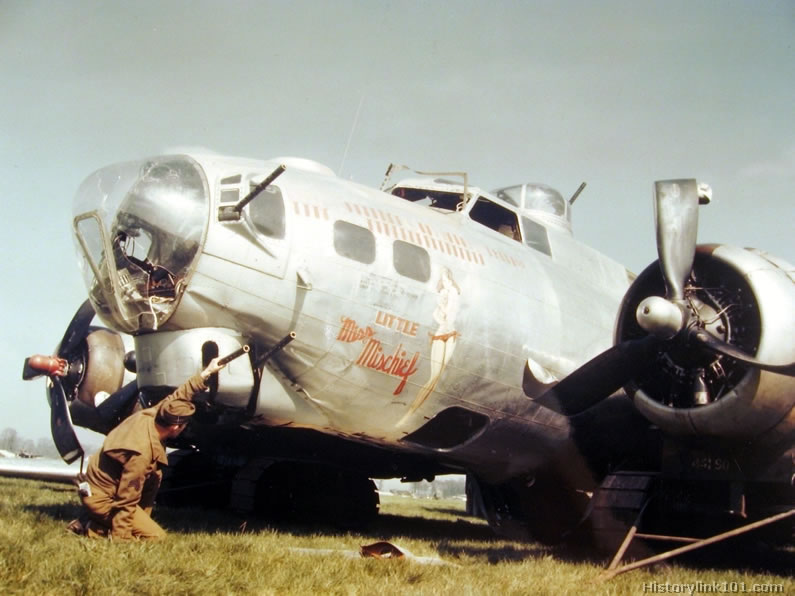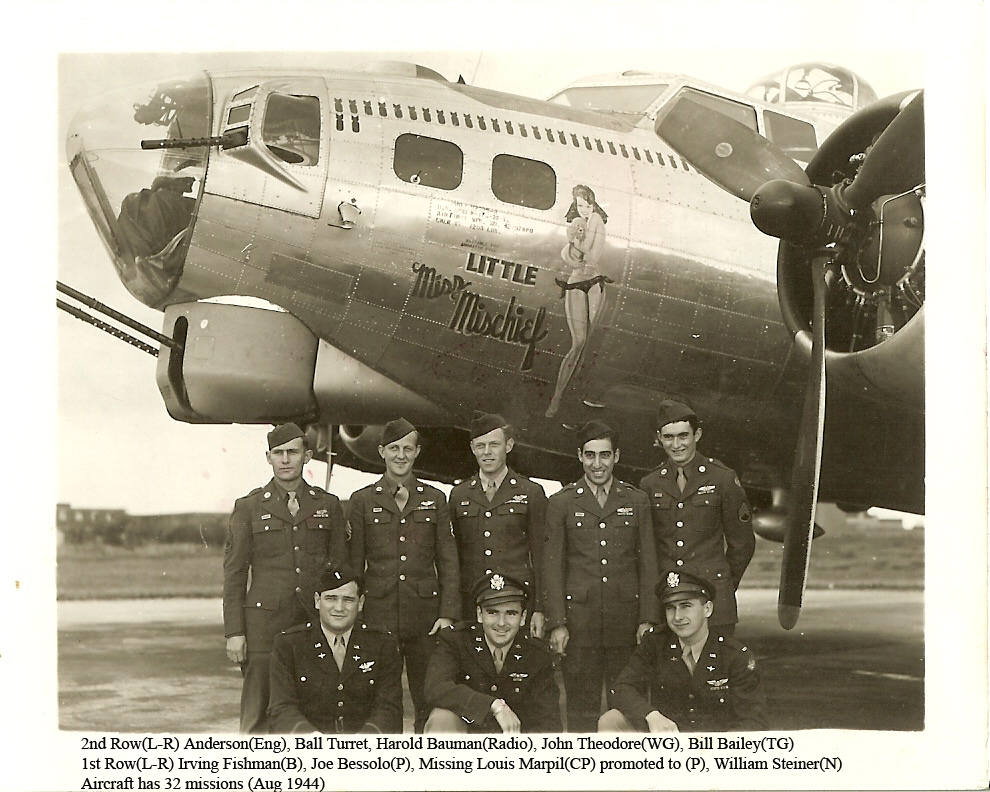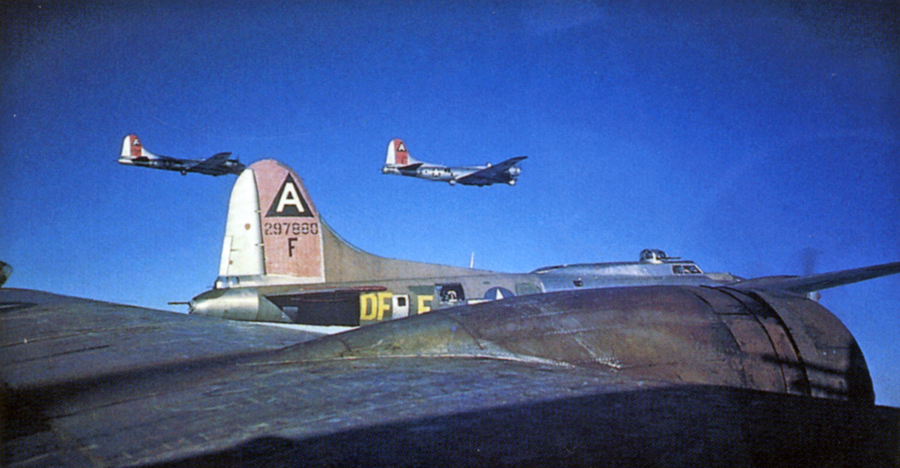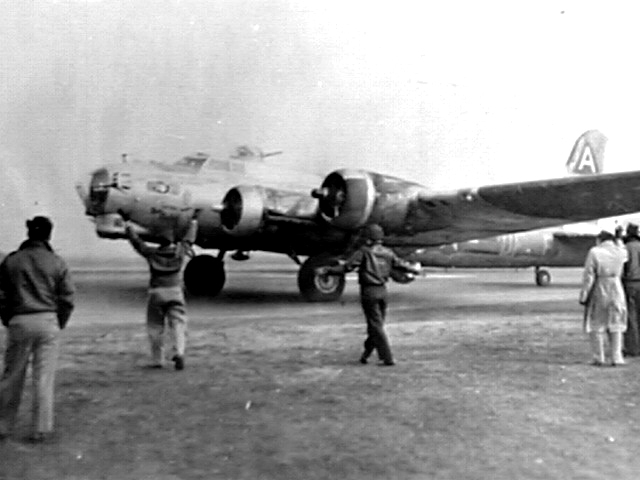It’s always best to paint the exterior after assembly, ESPECIALLY with metallics… See metalics, buffing and non-buffing metalizers, which are used to recreate an unpainted aircraft in an NMF (AKA Natural Metal Finish), magnify every little imperfection and nick, cut, scratch, and seam-crack about a hundred times, it seems…
By painting the exterior after assembly, you can do all the filling and sanding needed prior to painting in order to get the best, smoothest finish… “Mess” or not, you won’t get what you’re after painting the exterior prior to assembly… What you’ll have to learn is using proper masking materials and their uses, how different types of paint act, alone and with each other, whether they come from a can or an airbrush, weathering techniques (washes, pin-washes, filters, dry-brushing, chipping, fading, etc.) and materials (paint, pencil, powder,and pastel)
Many of us started out by brush-painting, only after that became old- hat did we move on to spraying with rattle-cans and airbrushing… It’s a crawl-walk-run process… BTW, don’t think that some stunning results can’t be had with a brush… I’ve won awards with brush-painted aircraft and armor… There’s as much science as art in brush-painting…
It takes a lot of work to get a great NMF, and there are certain things one MUST to do to acheive it, and it’s not negotiable (but there ARE shortcuts, like painting with metallic silver then shooting it with clear flat to represent a weathered, oxidized aluminum)… Now, if you’re doing a finish that’s representing an aluminum-painted surface, it’s easier… Many aircraft, which may look unpainted, are in fact, painted with aluminum laquer… Pre-WW2 US Navy aircraft are good examples of this practice… Study photos of the real things.
Rather than go into all that it takes to accomplish a good NMF in this thread, I suggest you look into this thread…
/forums/t/127602.aspx?PageIndex=1
In it ,you’ll find about everything you’ll ever want to know (and more) about doing a “silver bird”… Also, Aaron wrote an article that’s a must read on painting highly reflective NMFs in the latest issue of the magazine…
Also…
/forums/p/133276/1361068.aspx#1361068
is another Group Build you’ll want to take a look at…It covers all kinds of weathering tecniques, both for armor and aircraft, which are quite different, as the techniques used for armor are usually a bit too heavy-handed for aircraft, since Armor get filthy, airplanes merely get dirty…
Also, one last thing… Use the whole forum, not just the Aircraft fourm… Check the Painting Forum for weathering tips and techniques, various painting tips and techniques, and masking materials… Use the Search Function, located at the right side of the screen, about 1/2 to 3/4 down the page, under “Search Our Community” for specifics stuff, using good keywords… Don’t type into the search box, for instance, just “NMF”, but rather, “NMF with Enamels” or “What Metallics to use for best NMF?” You get more to look at that way, and then you can narrow it down to special or specific questions for forum members… And if you don’t understand somethig, try using the glossary at the top of the page… Hold you cursor over the “HOW TO” and it will drop down. Use the Articles and Tips Database too. They’re located there as well…
But we’ll try to save that 1/48th B-17G for ya… But there won’t be any saving the finish… That’s a goner…
But it’ll serve as an undercoat for now, just get all the paint off the mating surfaces…
Since you’re doing “Little Miss Mischief”, it’s OK to have the silver foil inside, as she was unpainted in the fuselage from aft of the flight deck… Start work on the flight deck first… And you might want to consder starting your build-log in here:
/forums/t/105108.aspx?PageIndex=1
All the refs, techniques, and materials, are already in this thread, so it’s handy for you to look in that thread for help… Even some photos of “Little Miss M” are in there…















